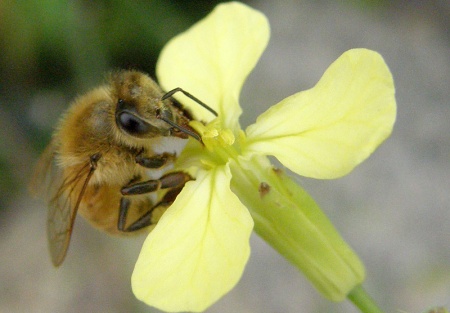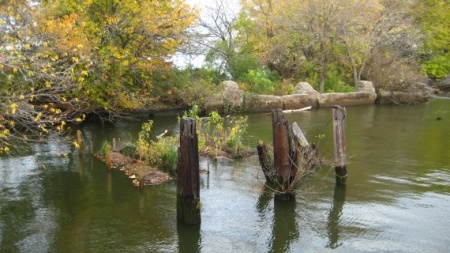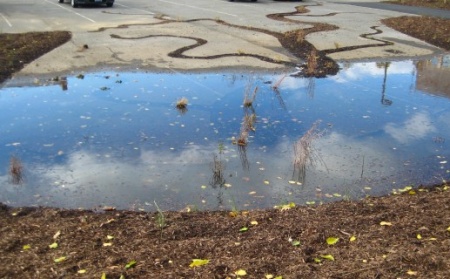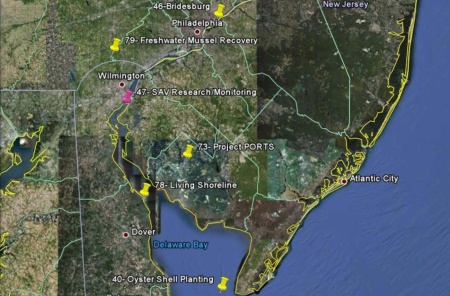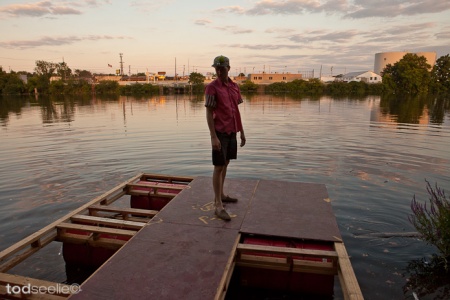
A member of the Miss Rockaway Armada at the Schuylkill launch site (Photo: Tod Seelie)
Today's Philadelphia Inquirer featured a trifecta of water and watershed-related news:
On the front page, reporter Sandy Bauers details the detective work the Philadelphia Water Department is doing to track down the source of iodine-131 levels observed in the Wissahickon in the spring. The prime suspect? Iodine-131 that is present in medication used to treat thyroid cancer. Full article
"Officials from the Water Department, the EPA, and the DEP emphasize that the levels detected are tiny and don't constitute a public health threat. Philadelphia's drinking water meets standards for radioactivity and remains safe, they say. Even if it was getting into streams above Philadelphia, iodine-131 has such a short half-life - half the radioactivity is gone after eight days - that amounts would be much reduced by the time they were swept downstream.
But, said Chris Crockett, the Water Department's deputy commissioner of environmental services, 'we don't want any iodine-131 in our water. I don't want it there for me or my kids and my family. And I don't want it for our neighbors and citizens.'"
Be sure to read our Iodine-131 Q&A for PWD's official word on the topic. Once again, Philadelphia's drinking water is safe to drink.
Elsewhere, a group of artists known as the Miss Rockaway Armada is building a salvaged-materials flotilla/performance space for a September art installation in the Schuylkill and Delaware. Commissioned by the Philadelphia Art Alliance, the installation features music, theatrical performances and ... oh, just go here and try to figure it out. Full article
"'This project is more about reinterpreting the water space in Philadelphia,' [said Tod Seelie]. 'The experience of breaking the shore-to-water barrier and actually being in the water has a lot more implications than you might think.'"
And finally, a Colorado environmental technologies firm is unveiling a demonstration project on a Lancaster County farm that seeks to reduce the amount of nitrogen from cow waste. Excess nitrogen levels in groundwater and rivers due to agricultural waste has a damaging effect on the Chesapeake Bay. Full article
'"There is a real pressing need to find alternative ways of handling manure," said Jan Jarrett, president of PennFuture, a statewide environmental advocacy group.
The federal Clean Water Act in the last 40 years has reduced so-called point source pollution or effluent from factories and sewage treatment plants. But farming, which was exempt from the act, increasingly has been responsible for more pollution, damaging waterways by flooding them with nutrients.
When manure is used as fertilizer, nitrogen, phosphorus, and other potentially damaging chemicals eventually (often in about two years) make their way to groundwater and streams, and to bigger waters such as the Chesapeake.'



